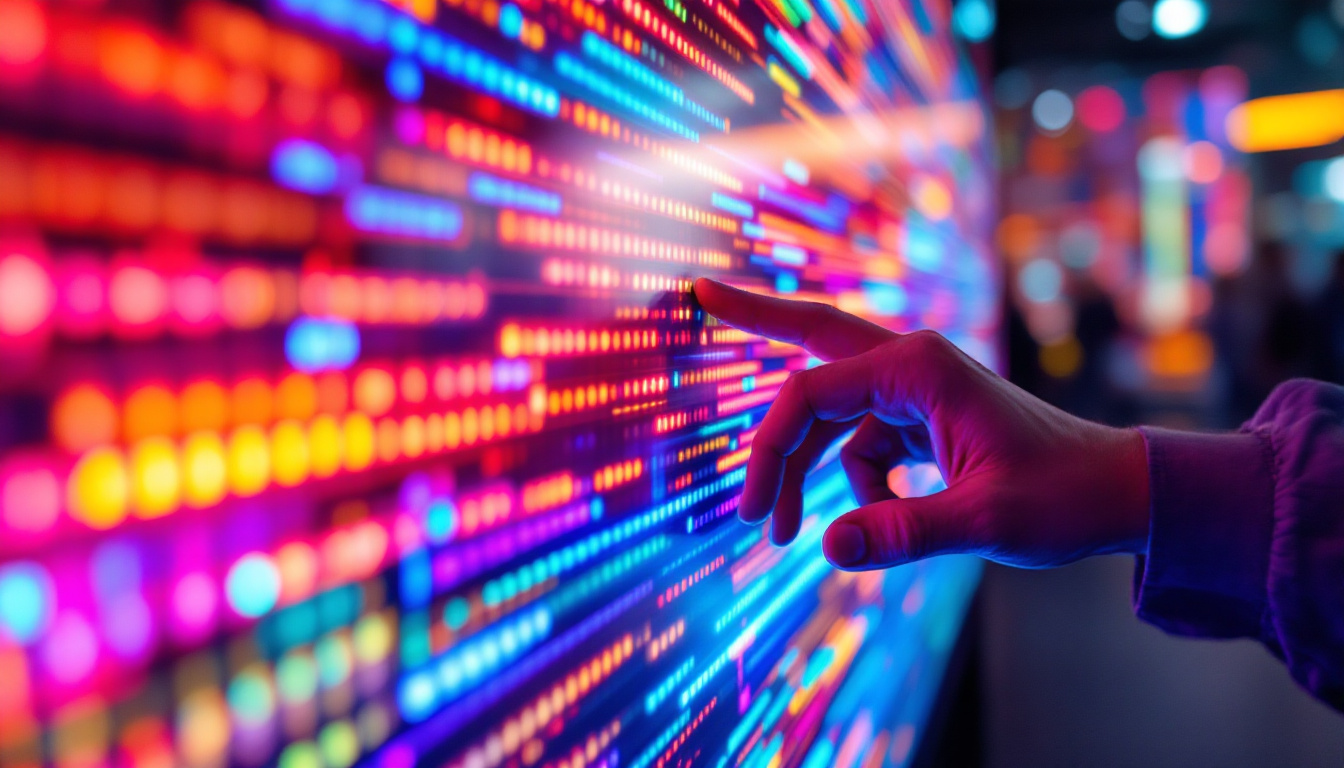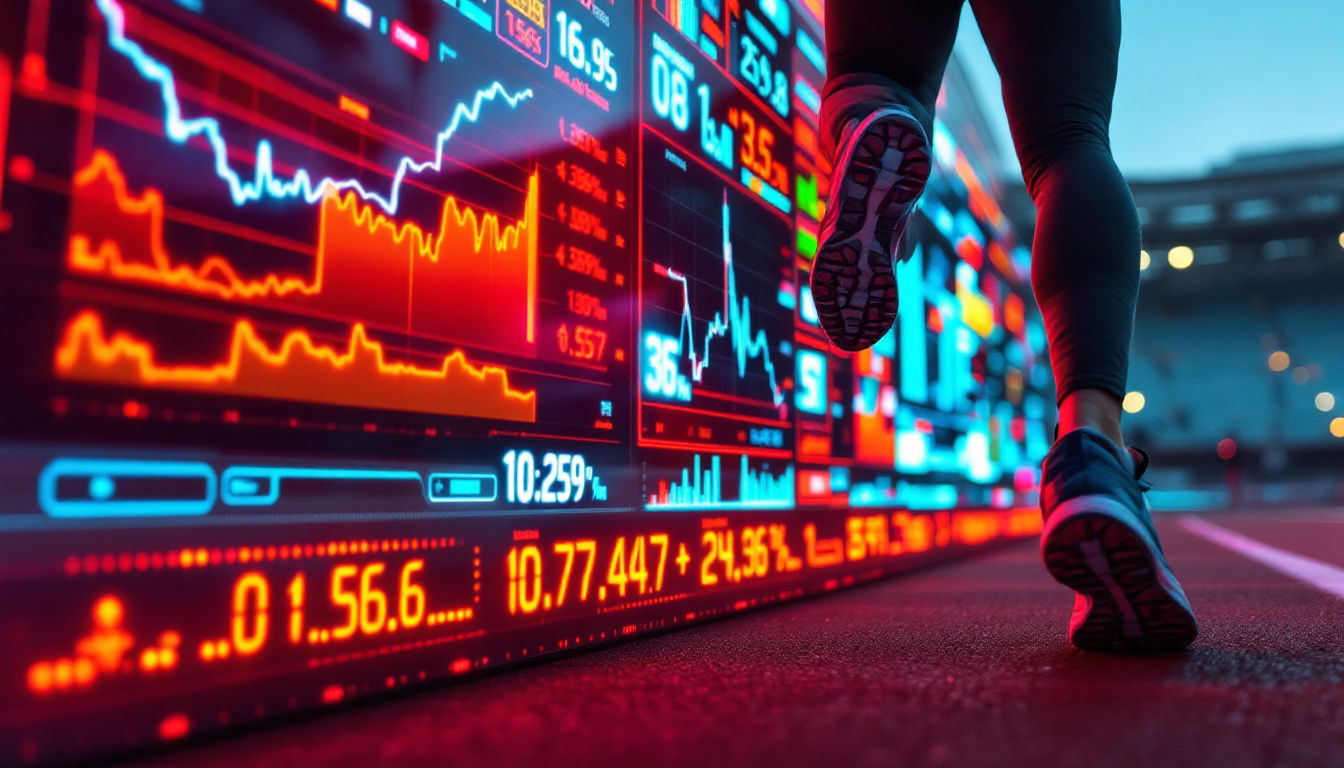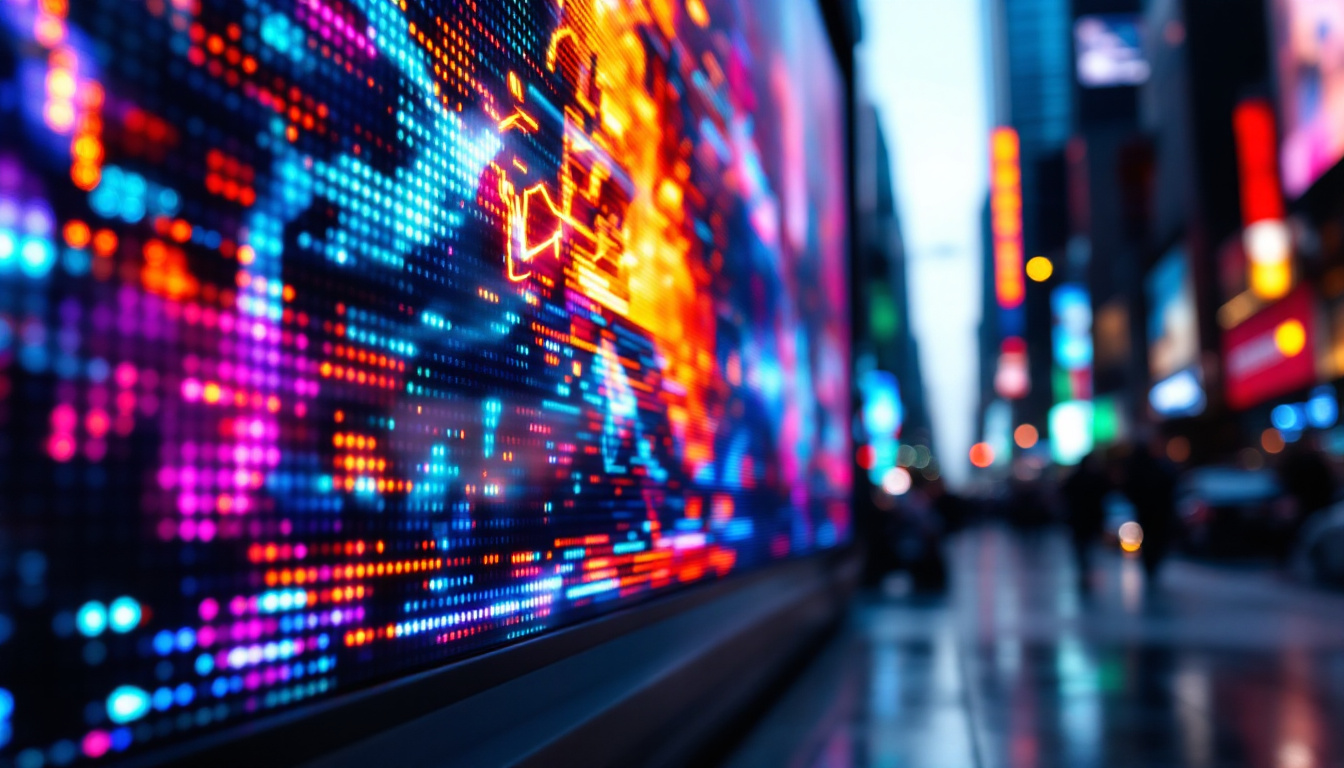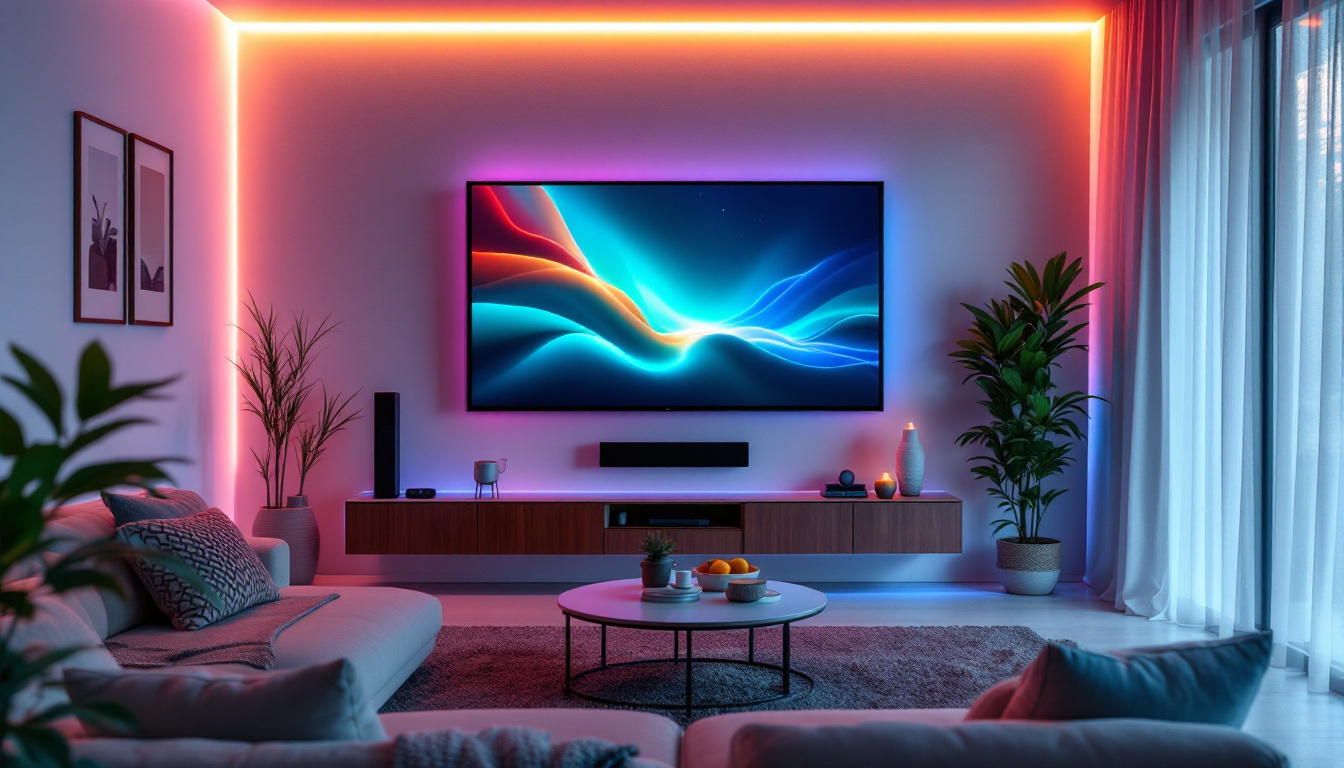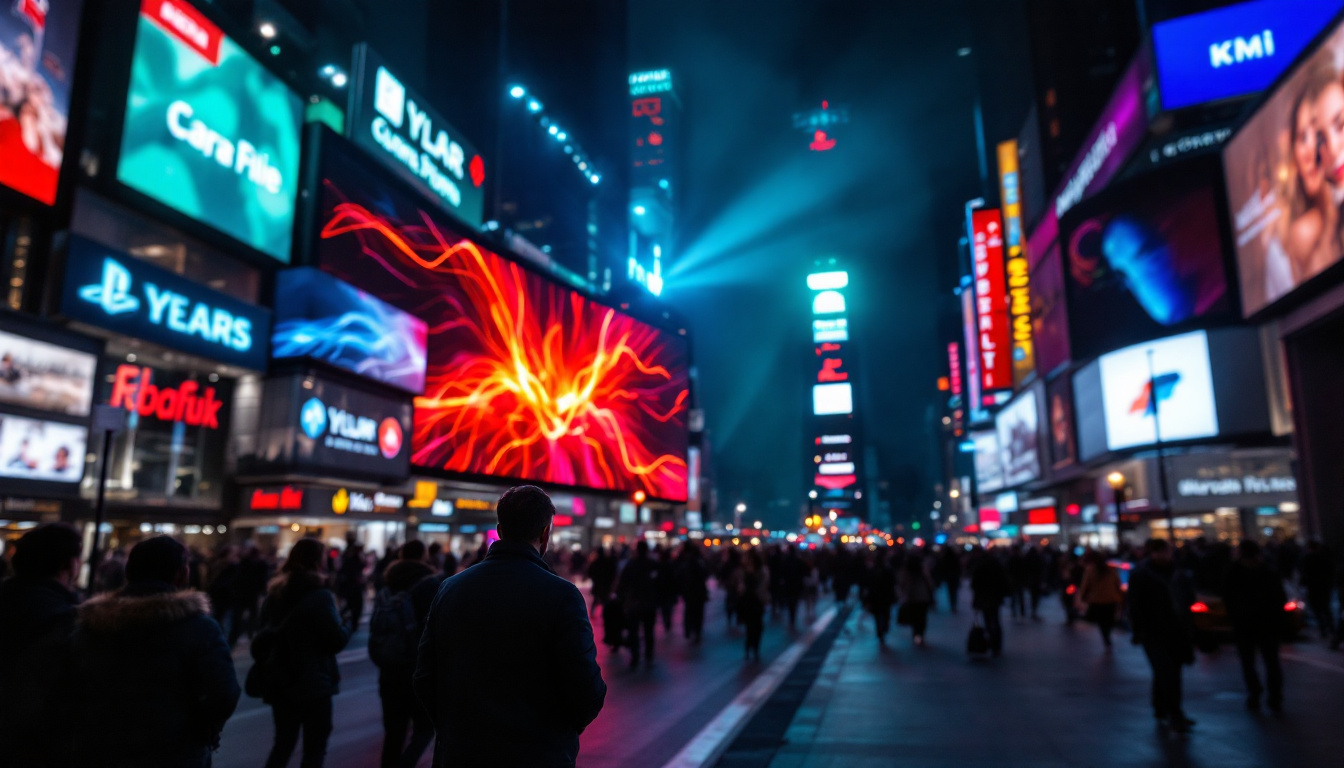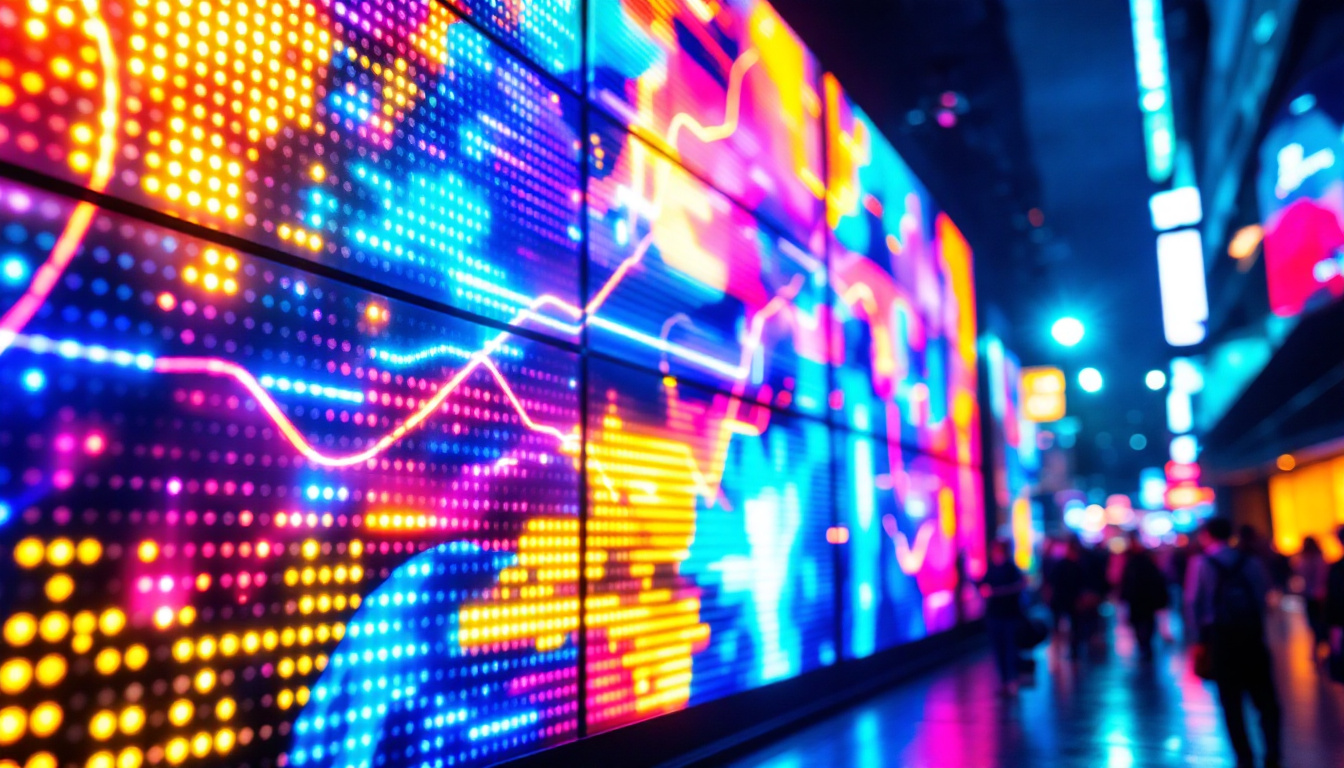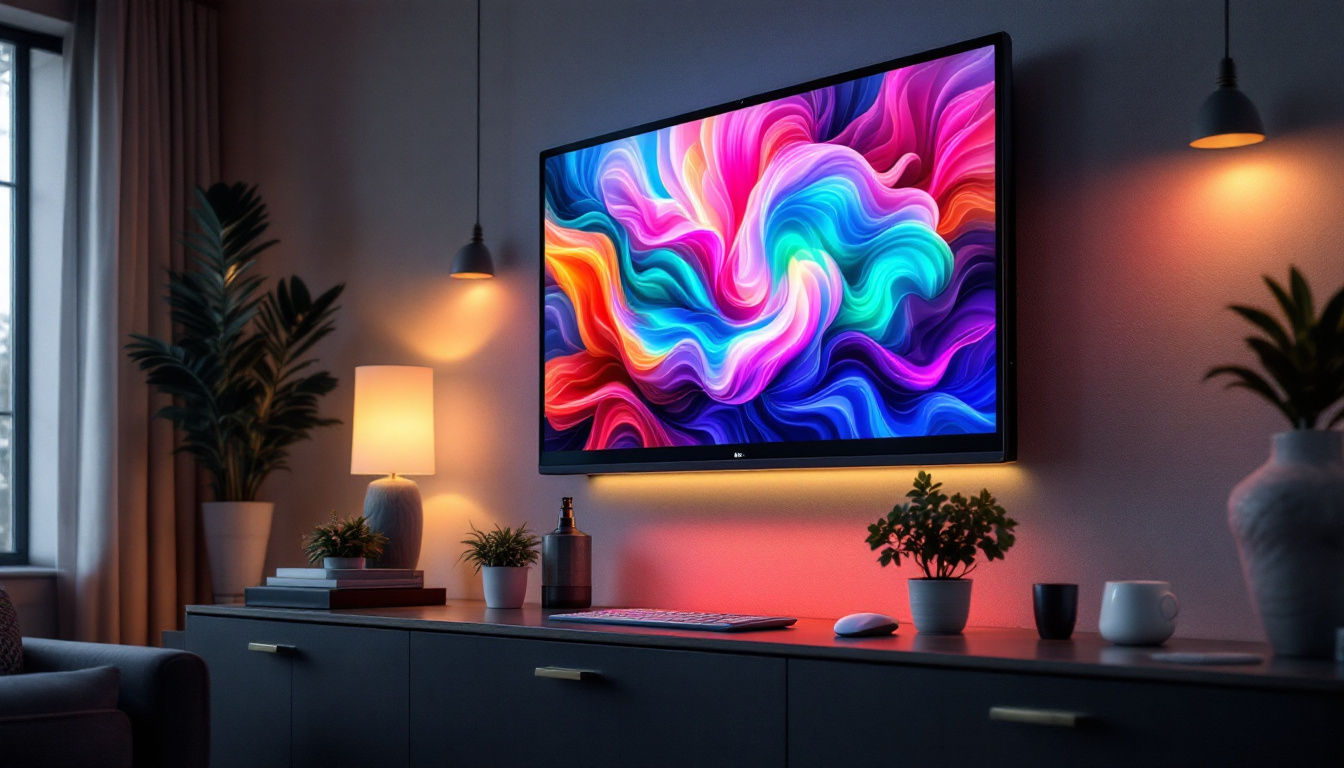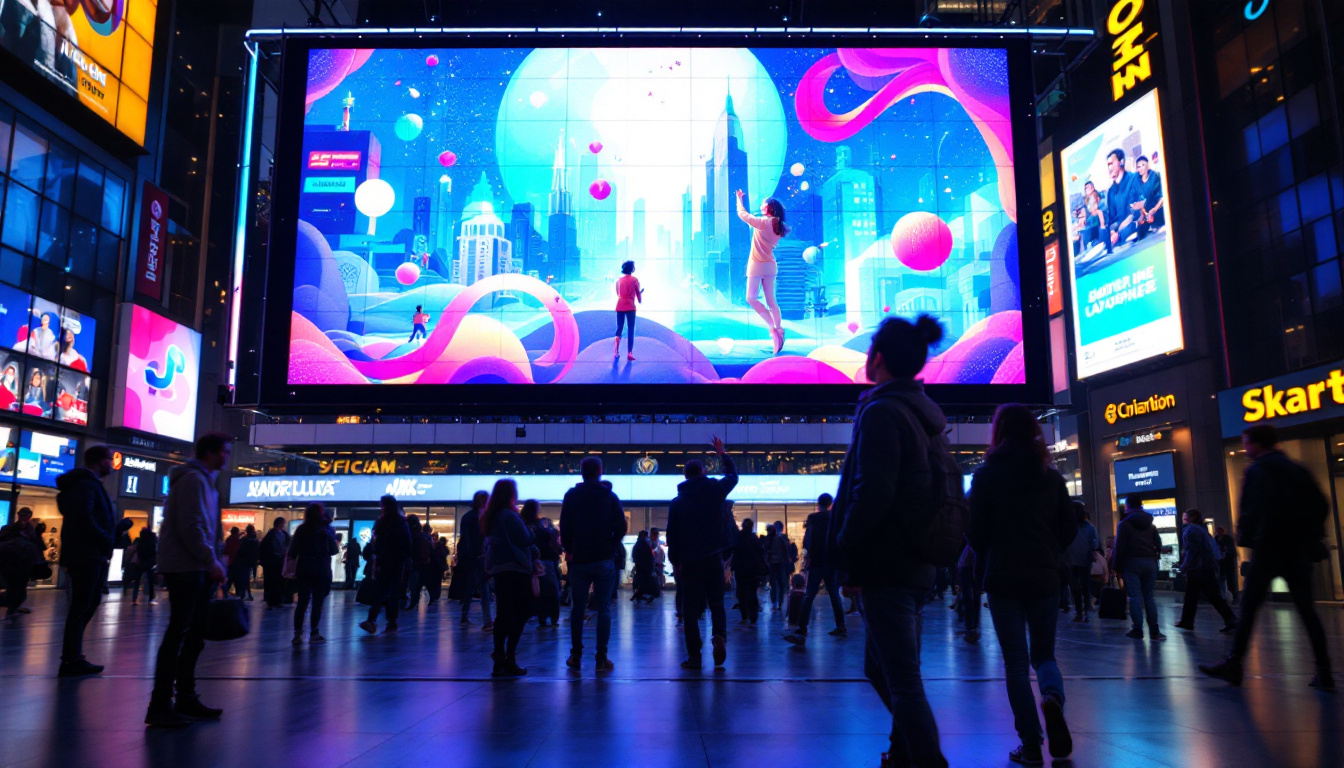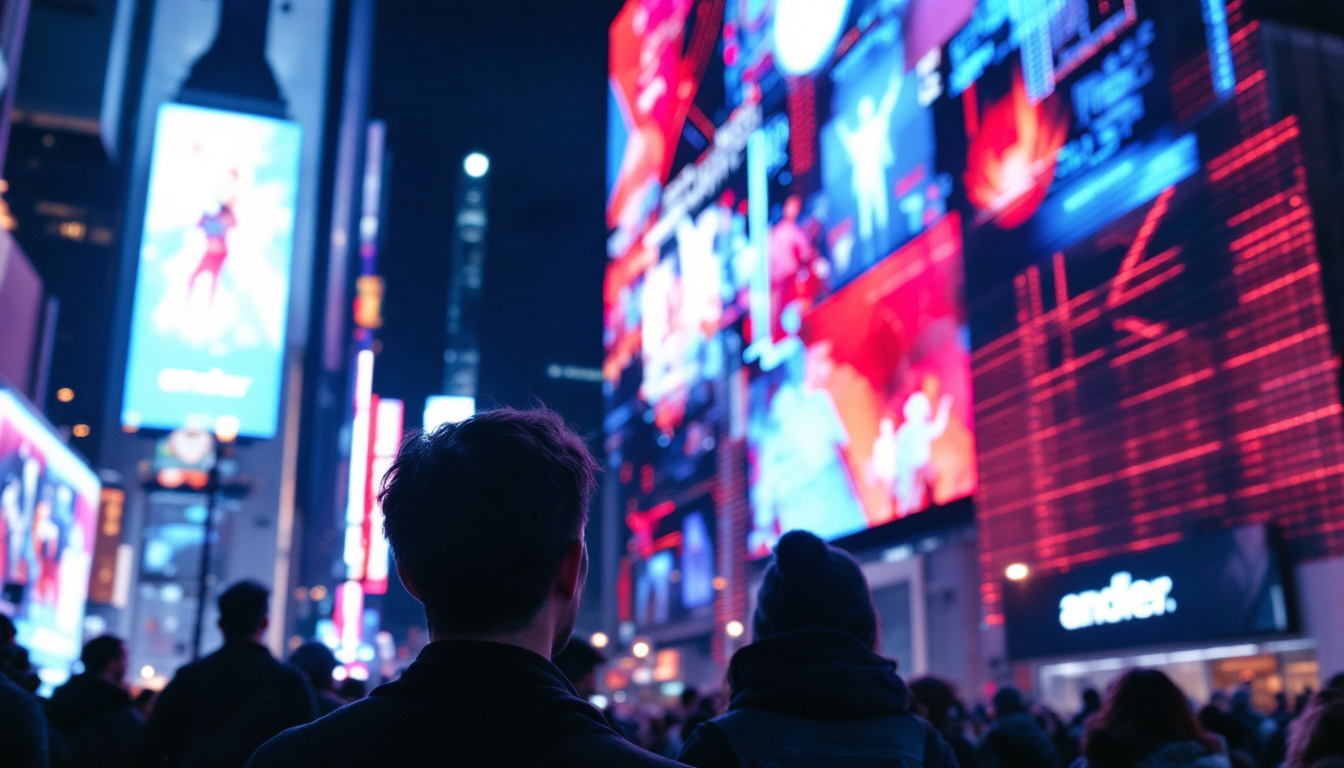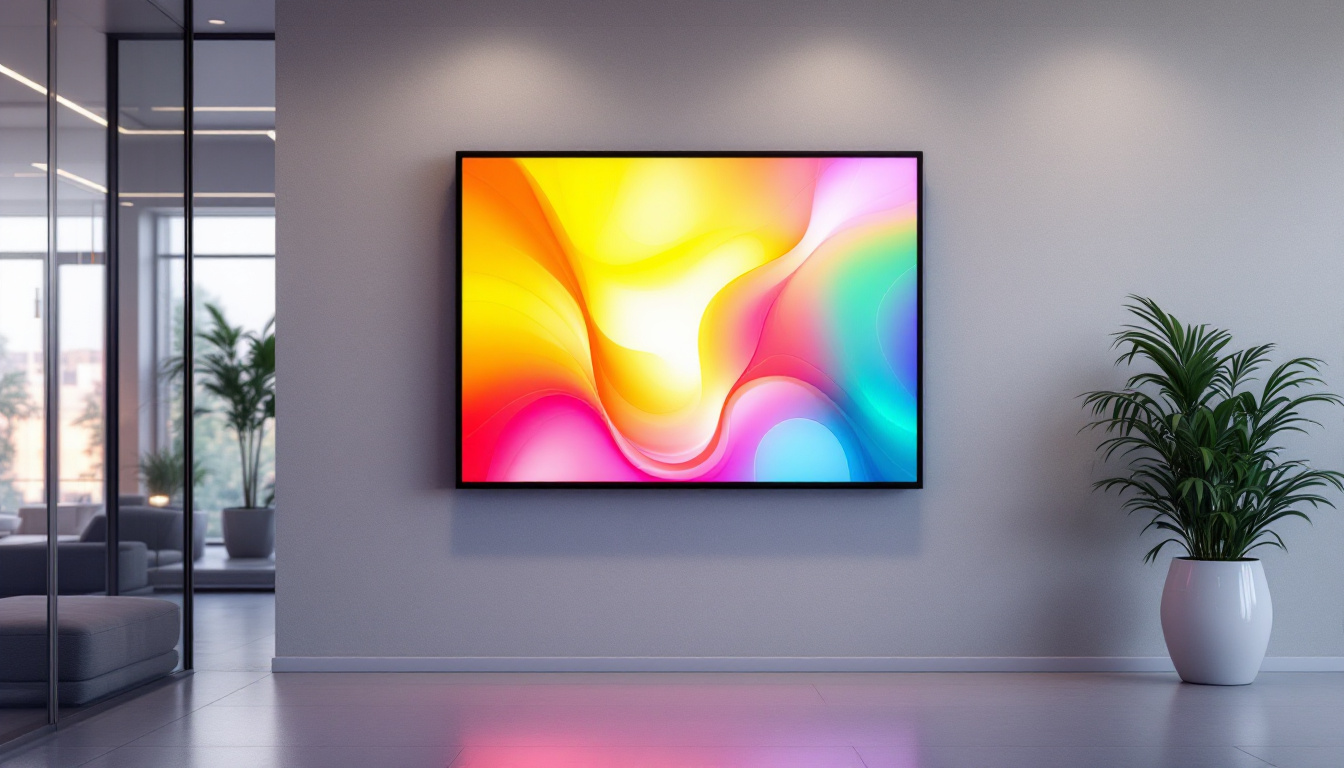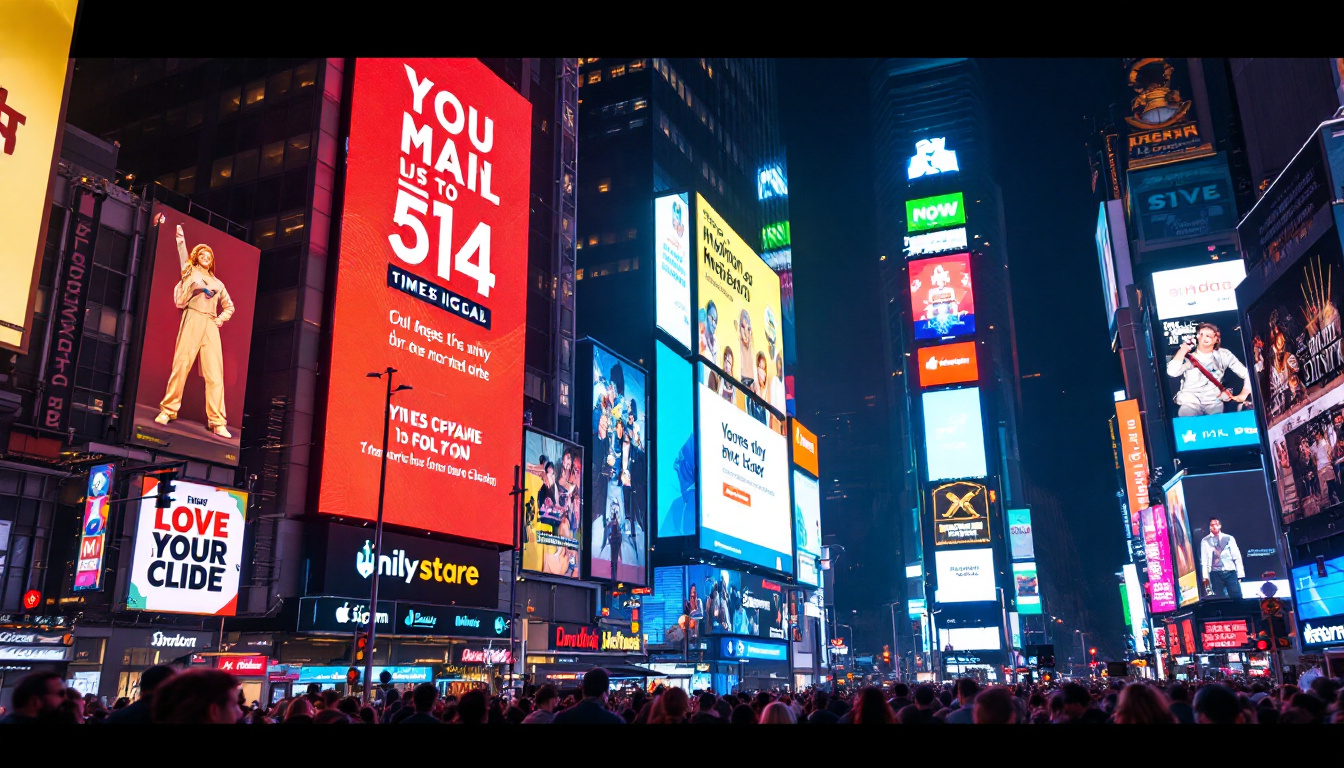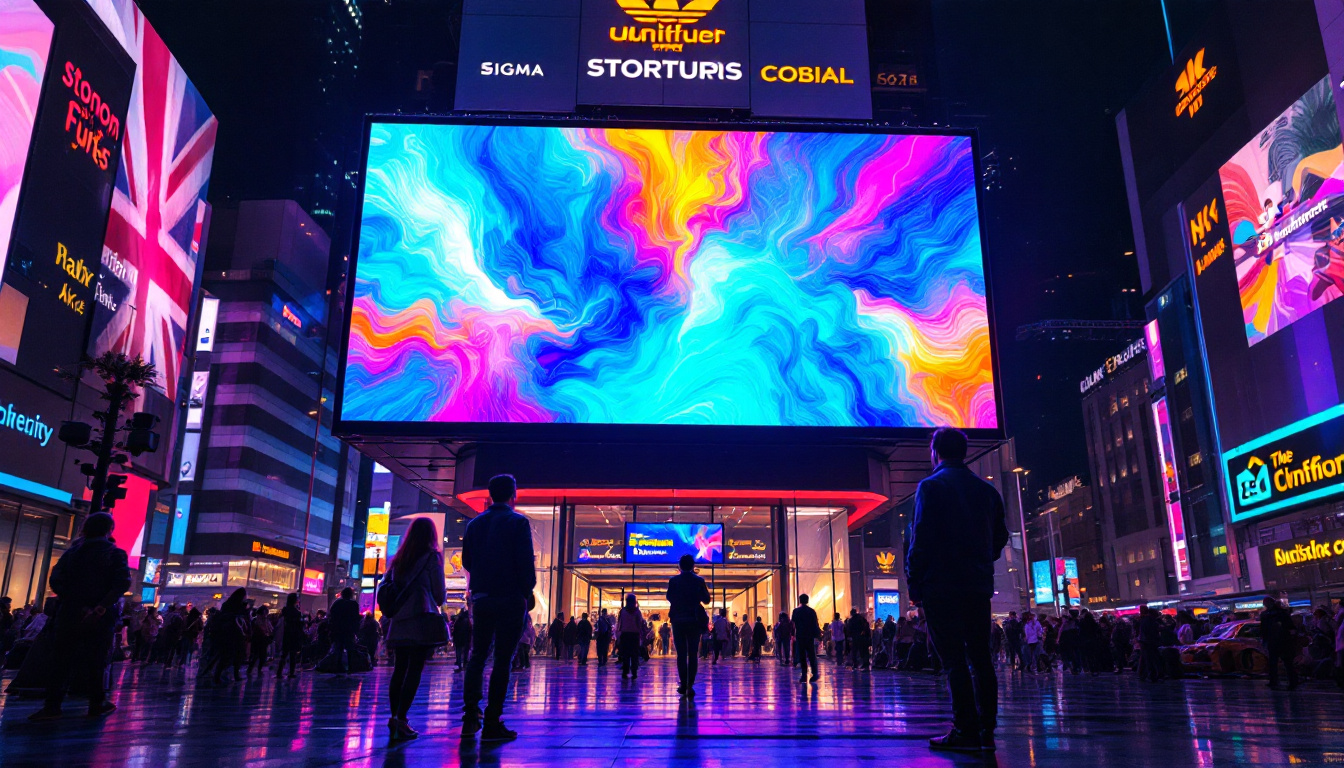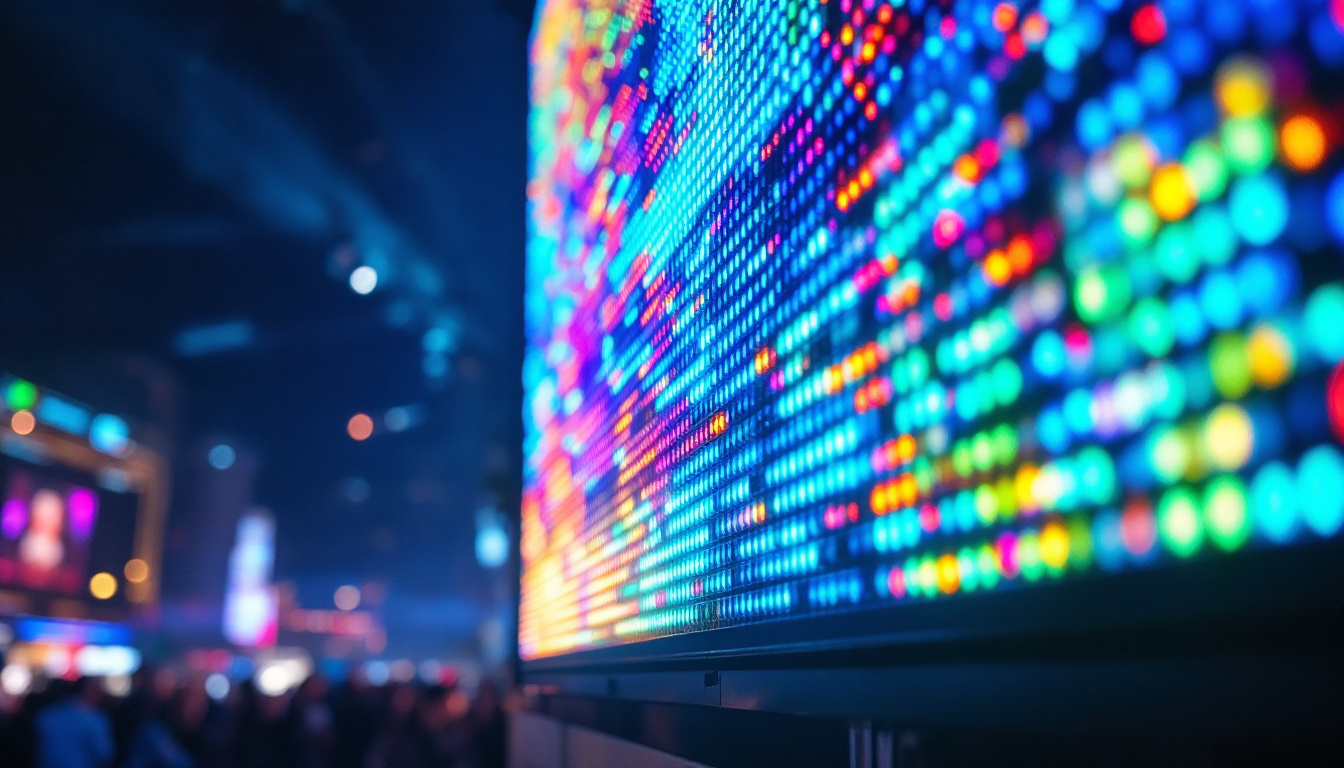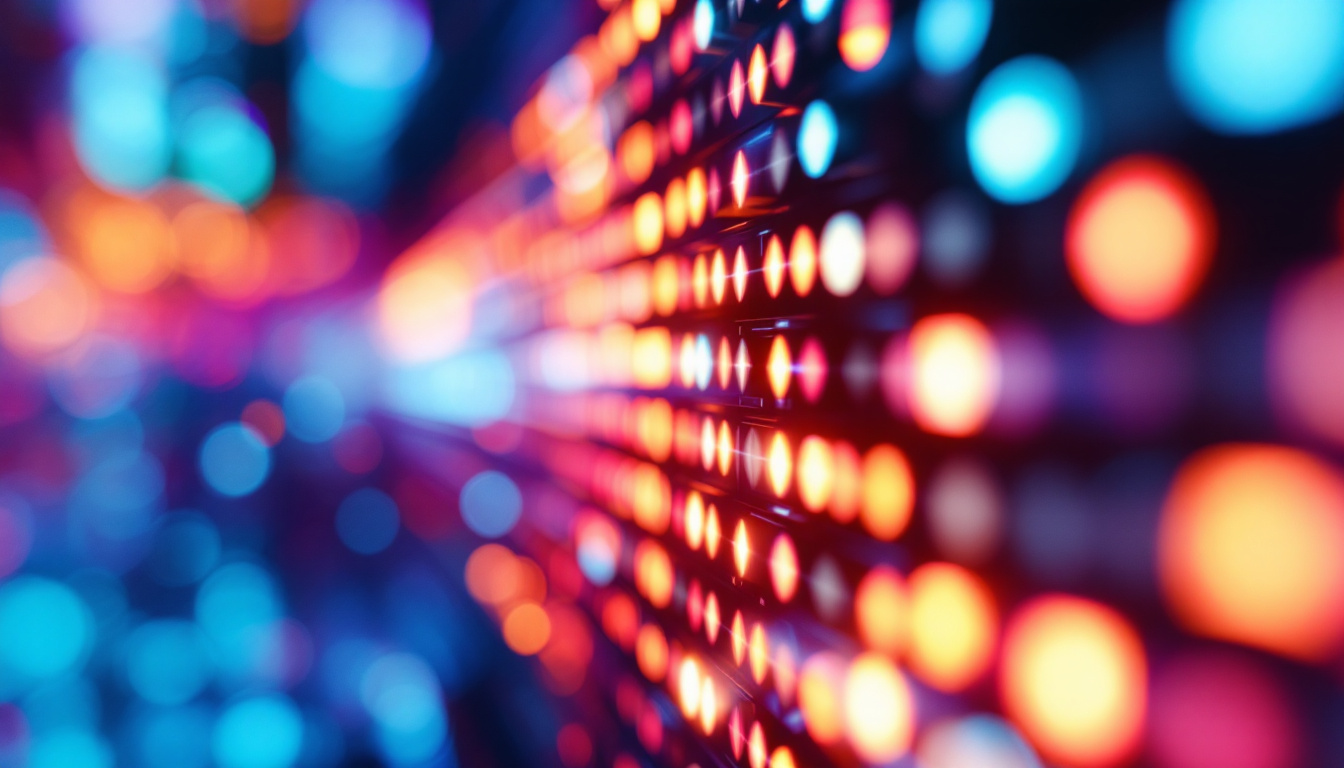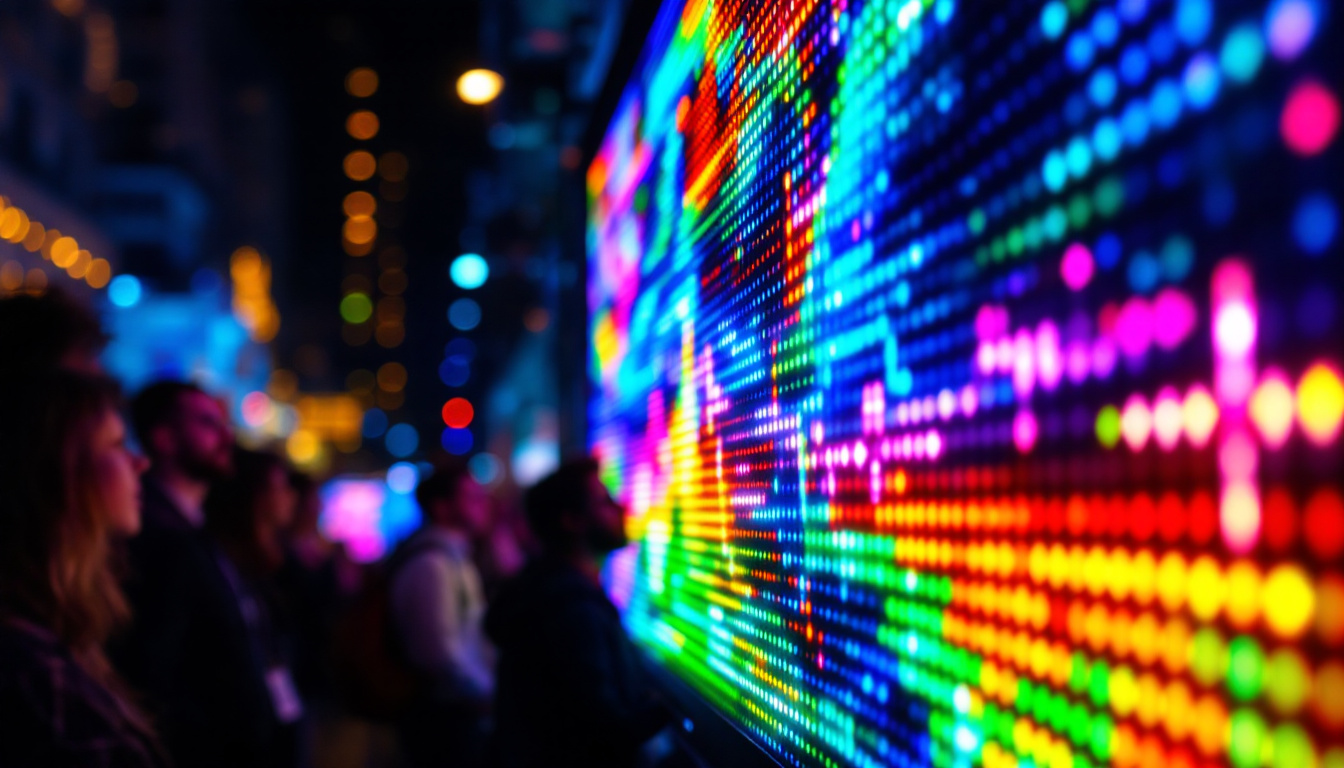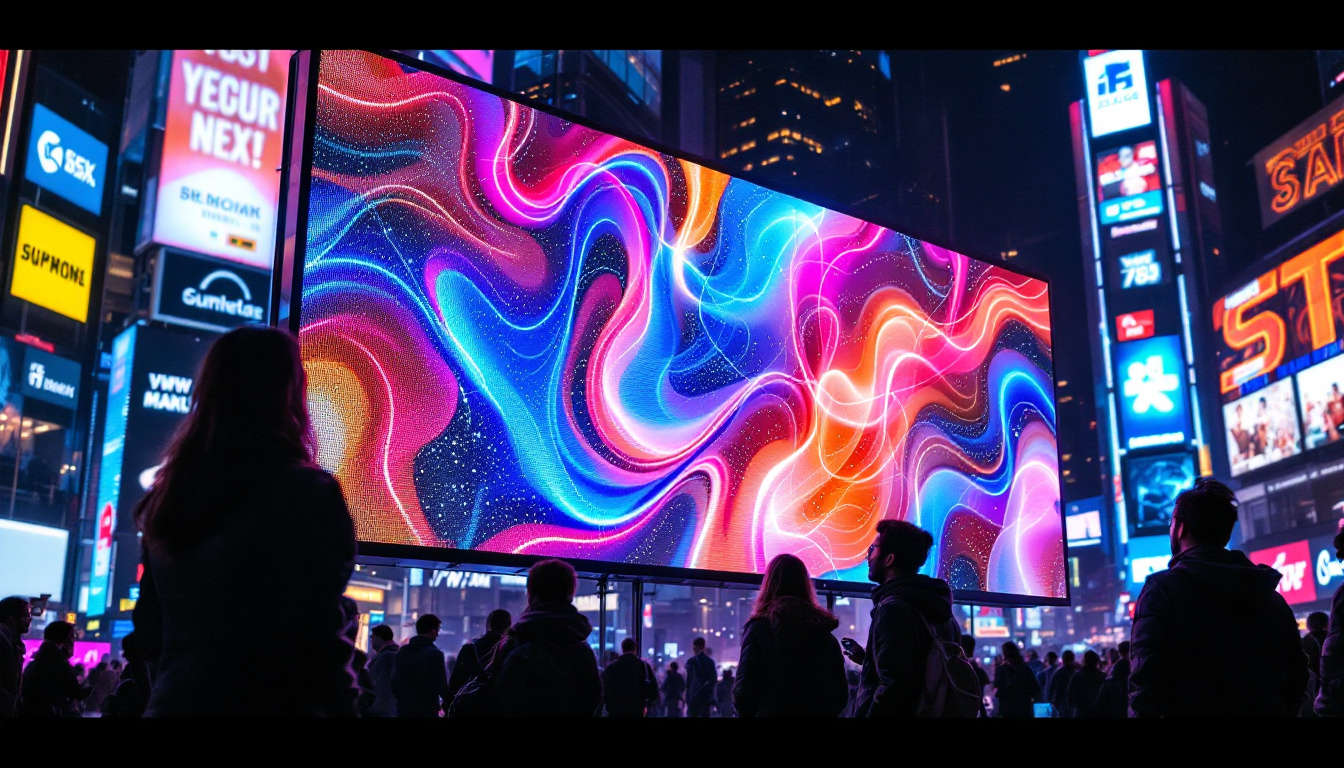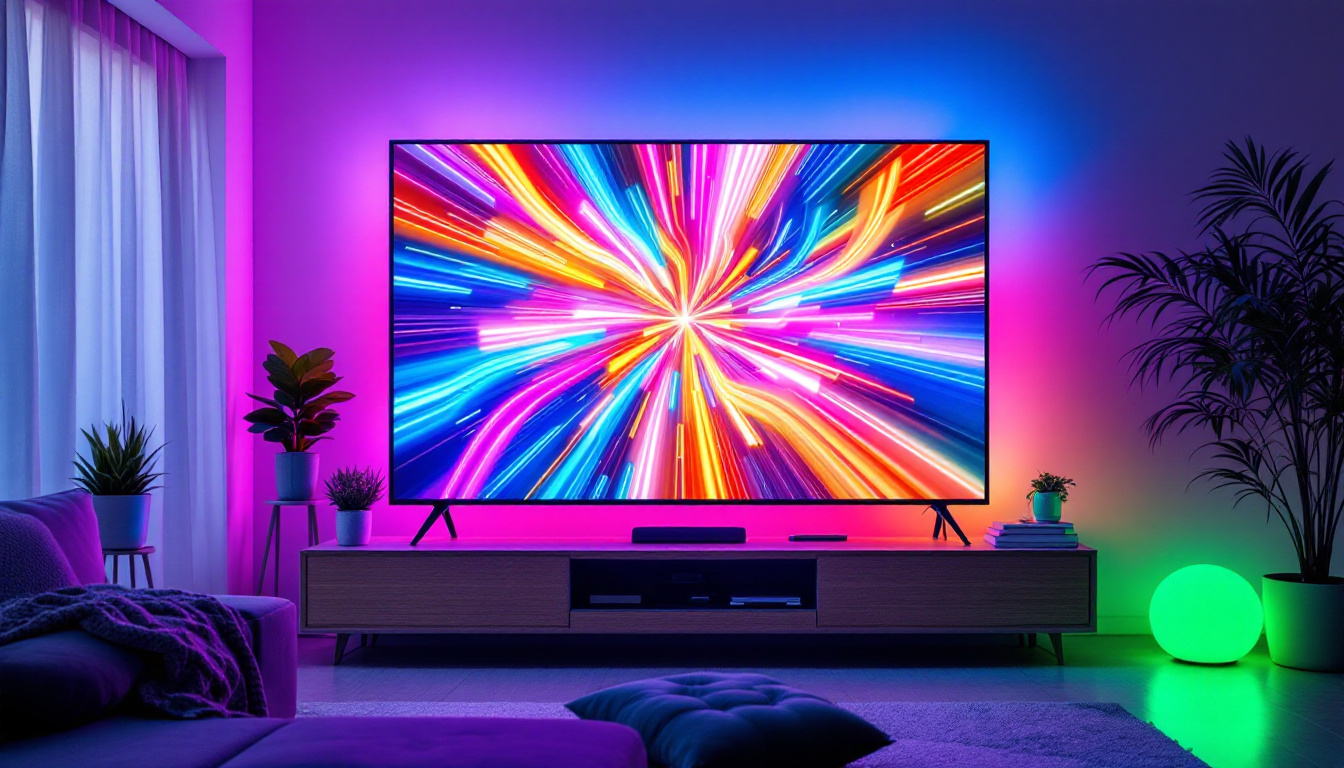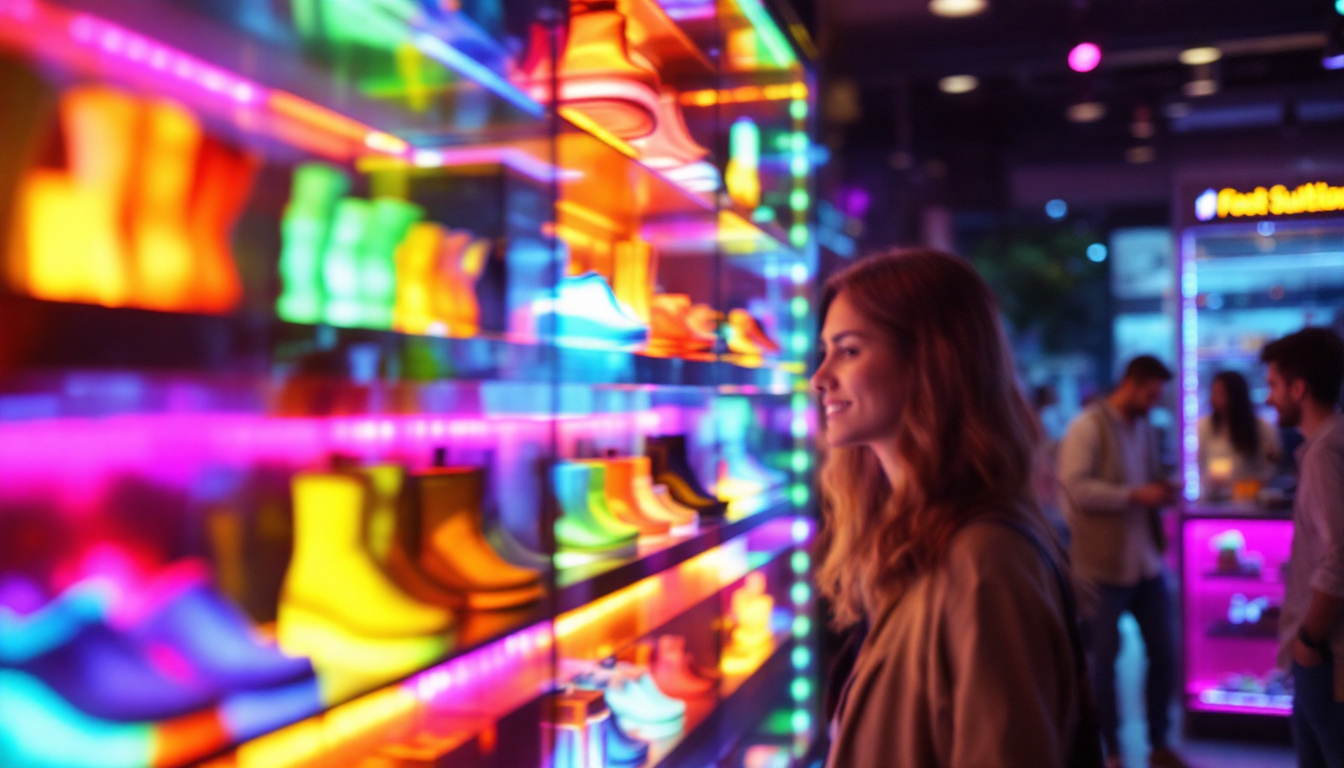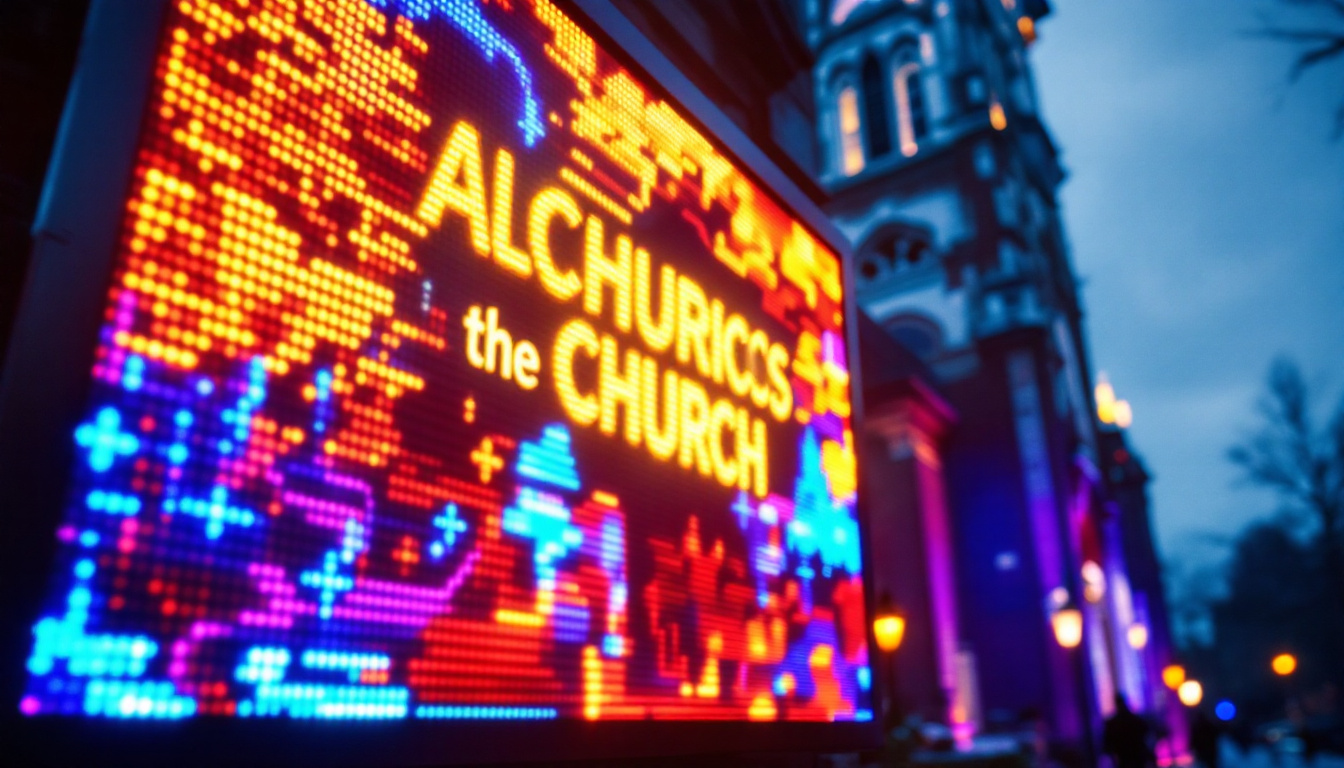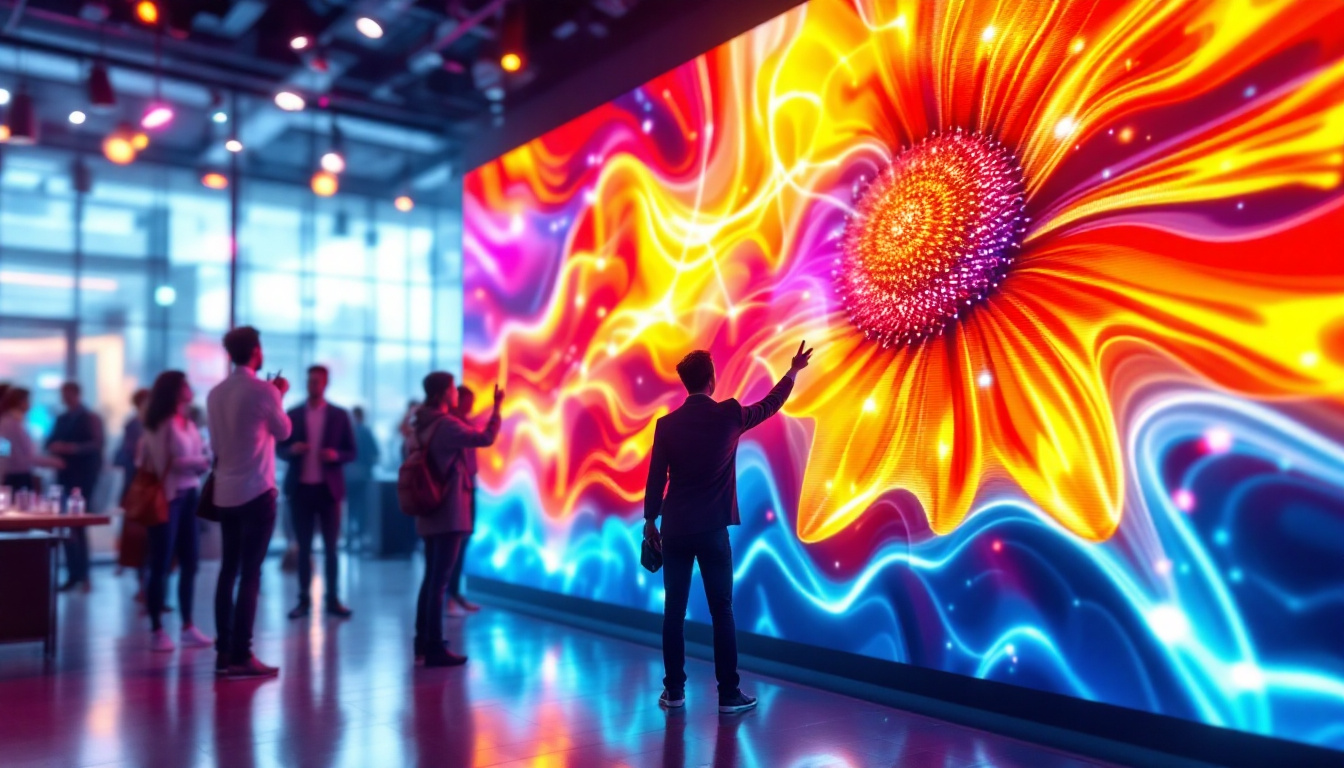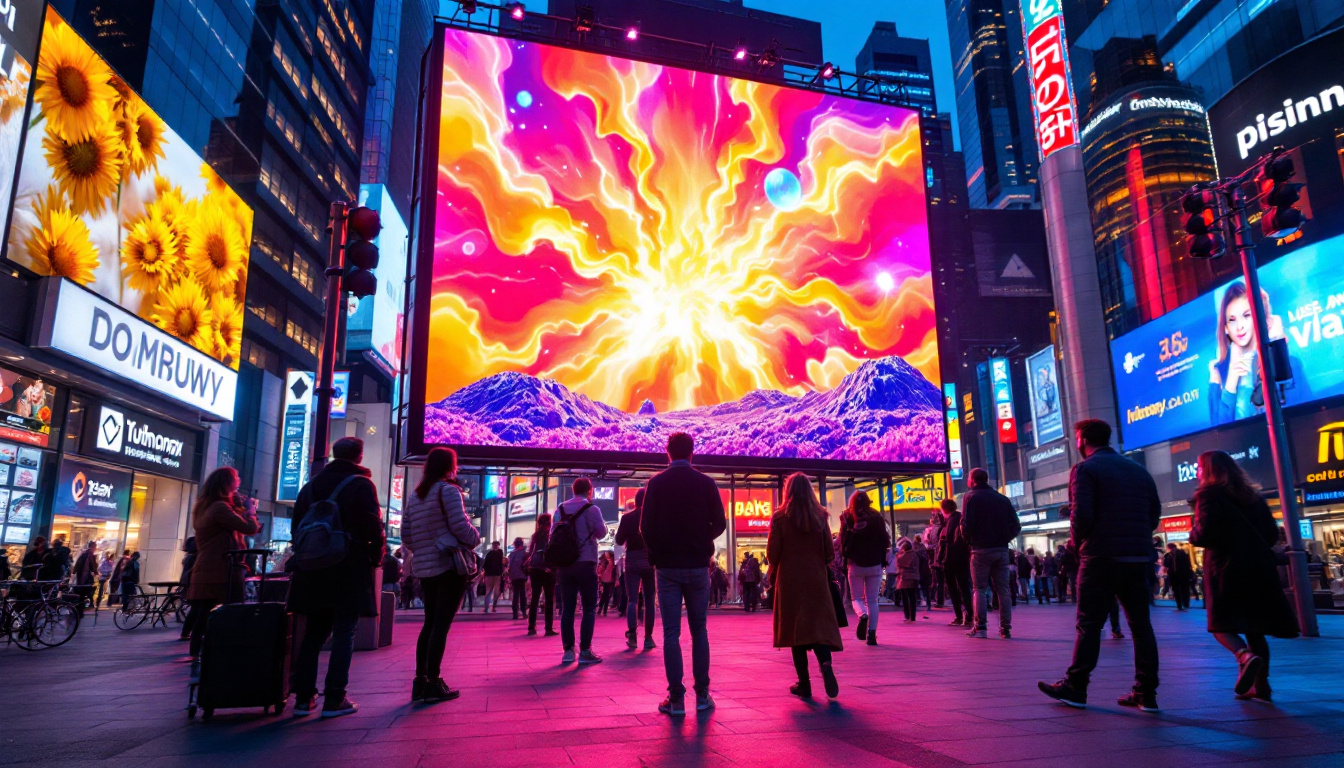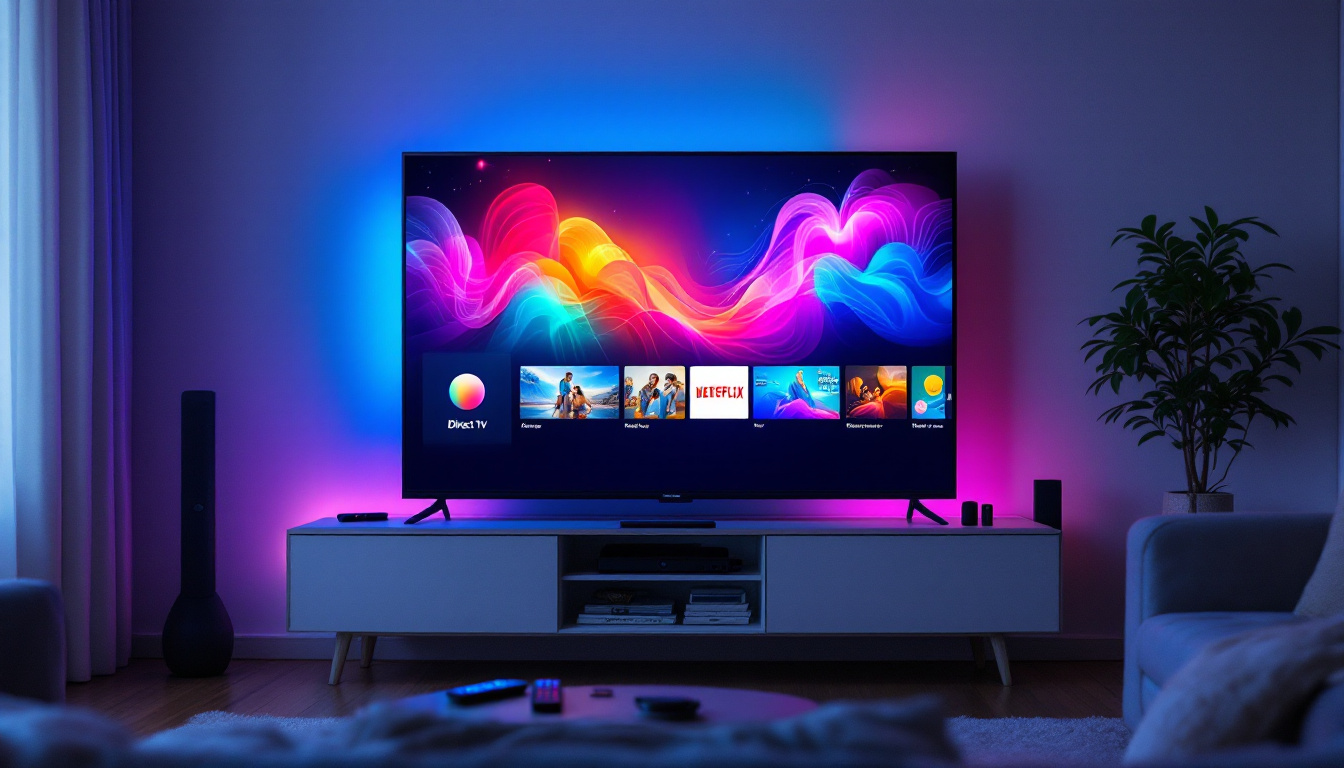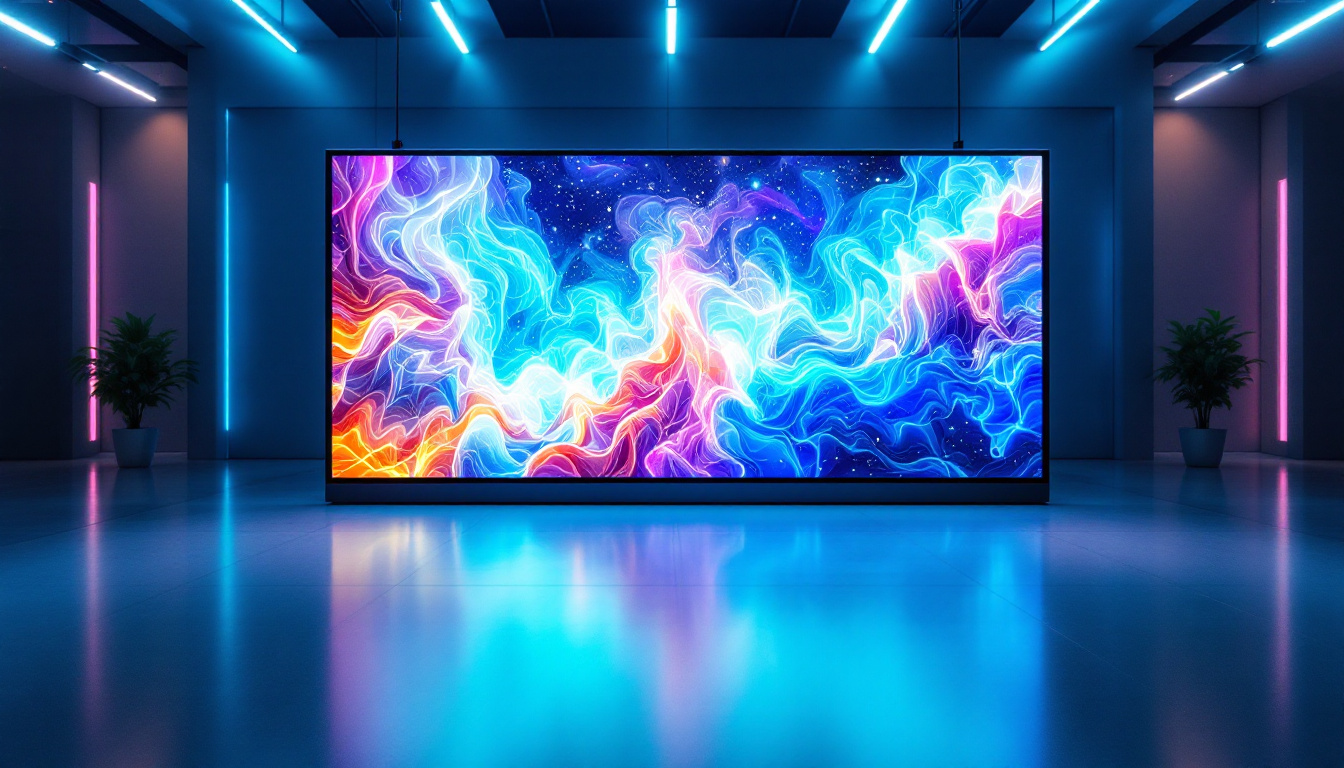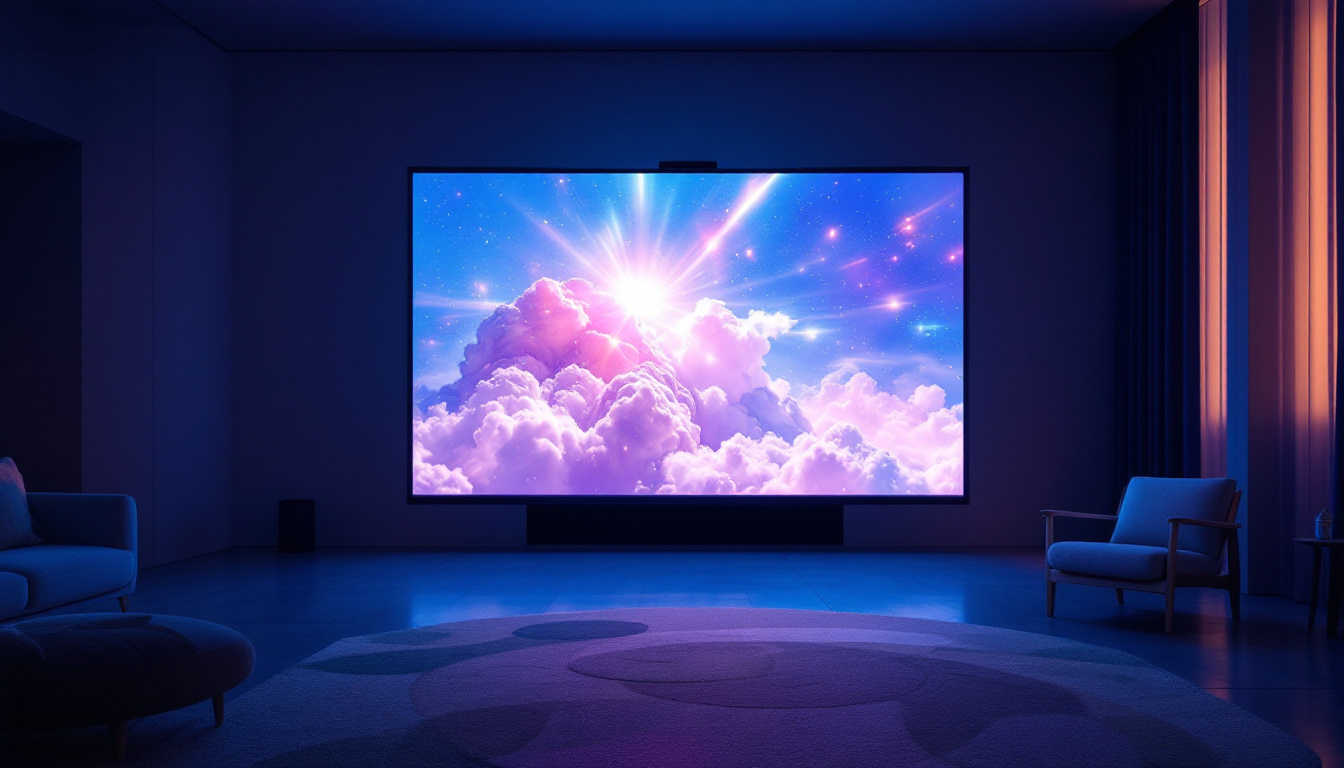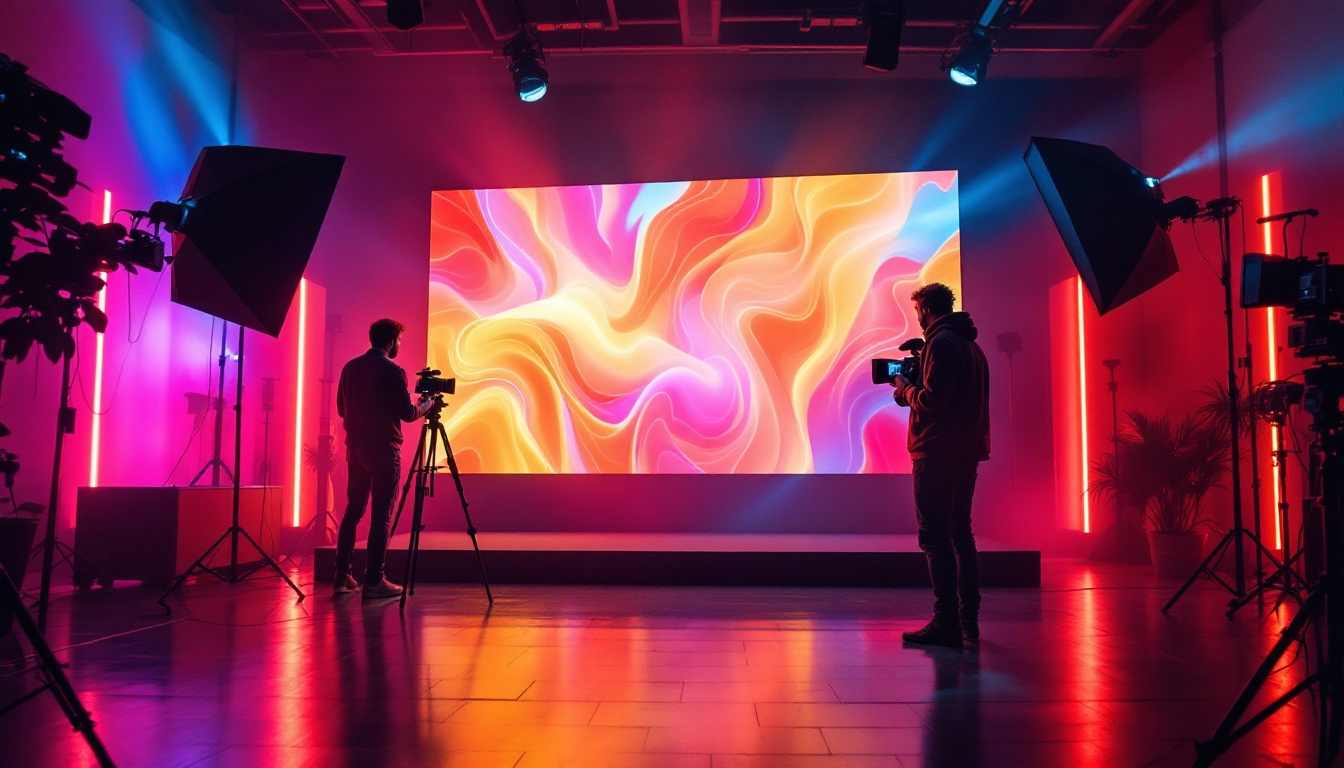In recent years, LED displays have revolutionized the way information is presented across various platforms. From advertising billboards to television screens, the impact of LED technology is undeniable. This article delves into the intricacies of LED displays, exploring their functionality, advantages, and applications.
Understanding LED Technology
LED, or Light Emitting Diode, is a semiconductor device that emits light when an electric current passes through it. This technology has become increasingly popular due to its efficiency and versatility. Unlike traditional incandescent bulbs, LEDs consume less power and have a longer lifespan, making them an attractive option for various lighting solutions.
How LEDs Work
The fundamental principle behind LED technology lies in electroluminescence. When electrons move through a semiconductor material, they release energy in the form of photons, which is visible light. The color of the light emitted depends on the materials used in the semiconductor. For instance, different combinations of gallium, arsenic, and phosphorous can produce a spectrum of colors.
LEDs are typically categorized into two types: discrete and surface-mounted. Discrete LEDs are individual components often used in simple applications, while surface-mounted LEDs are integrated into circuit boards, allowing for more complex displays. This versatility is one of the reasons why LEDs have become the go-to choice for display technology.
The Evolution of LED Displays
The journey of LED displays began in the 1960s with the introduction of the first visible LED. Over the decades, advancements in technology have led to the development of more sophisticated displays, including full-color screens and high-definition panels. The transition from monochrome to color displays marked a significant milestone, enabling more dynamic and engaging visual experiences.
Today, LED displays are not only prevalent in consumer electronics but also in large-scale installations, such as stadiums and concert venues. This evolution has paved the way for innovative applications, enhancing how information is conveyed to audiences.
Types of LED Displays
LED displays come in various forms, each designed for specific applications. Understanding the different types can help in selecting the right display for a particular need.
Indoor LED Displays
Indoor LED displays are designed for use in enclosed spaces, such as shopping malls, conference rooms, and theaters. These displays typically have a higher pixel density, resulting in sharper images and clearer text. The brightness levels are lower compared to outdoor displays, as they are not exposed to direct sunlight.
Common applications for indoor LED displays include digital signage, advertising, and information boards. The ability to display high-resolution graphics makes them ideal for environments where visual clarity is paramount.
Outdoor LED Displays
Outdoor LED displays are built to withstand various weather conditions and are designed for high visibility in bright sunlight. These displays have a lower pixel density than indoor displays, which allows for greater brightness and visibility over long distances. They are often used for billboards, sports arenas, and public announcements.
One of the key features of outdoor LED displays is their durability. They are typically encased in protective materials to safeguard against moisture and dust, ensuring longevity even in harsh environments.
Transparent LED Displays
Transparent LED displays are a relatively new innovation that allows for a unique viewing experience. These displays are made with transparent panels, enabling viewers to see through them while still displaying images and videos. This technology is particularly popular in retail environments, where it can be used to create eye-catching advertisements without obstructing the view of products behind the screen.
The ability to blend digital content with the physical environment opens up new possibilities for branding and marketing. Transparent LED displays can enhance the aesthetic appeal of a space while providing valuable information to consumers.
Advantages of LED Displays
LED displays offer numerous advantages over traditional display technologies, making them a preferred choice for many applications. Understanding these benefits can help in making informed decisions when selecting a display solution.
Energy Efficiency
One of the most significant advantages of LED displays is their energy efficiency. LEDs consume significantly less power than traditional lighting technologies, which translates to lower electricity bills and a reduced carbon footprint. This energy efficiency is particularly beneficial for large-scale installations that operate continuously.
Moreover, the lower heat output of LEDs means that cooling systems are less necessary, further contributing to energy savings. This makes LED displays an environmentally friendly option for businesses looking to reduce their energy consumption.
Longevity and Durability
LED displays are designed to last, with a lifespan that can exceed 100,000 hours of operation. This longevity reduces the frequency of replacements, resulting in lower maintenance costs over time. Additionally, LEDs are more resistant to shock and vibration compared to traditional displays, making them suitable for various environments.
For businesses, this durability translates to less downtime and greater reliability. Whether used in a retail setting or for outdoor advertising, the resilience of LED displays ensures consistent performance.
High-Quality Visuals
LED displays are known for their vibrant colors and high contrast ratios, providing stunning visuals that capture attention. The ability to produce bright and sharp images enhances the viewing experience, making them ideal for advertising and entertainment applications.
Furthermore, advancements in technology have led to the development of high-definition and 4K LED displays, allowing for even greater detail and clarity. This capability is essential for applications where visual quality is critical, such as in broadcasting and live events.
Applications of LED Displays
The versatility of LED displays allows them to be used in a wide range of applications across various industries. From advertising to entertainment, the potential uses are extensive.
Advertising and Marketing
LED displays have become a staple in advertising and marketing due to their eye-catching visuals and dynamic content capabilities. Businesses can use LED screens to showcase promotions, product launches, and brand messages in a visually engaging manner. The ability to change content quickly allows for real-time marketing, adapting to trends and consumer behavior.
Outdoor LED billboards, in particular, have transformed the advertising landscape, providing high visibility and reach. The flexibility to display multiple advertisements in a rotating manner maximizes exposure and engagement.
Entertainment and Events
In the entertainment industry, LED displays play a crucial role in enhancing live events and performances. Concerts, sporting events, and theater productions utilize large LED screens to create immersive experiences for audiences. The ability to display dynamic visuals, live feeds, and interactive content adds a layer of excitement to events.
Moreover, LED displays are commonly used in arenas and stadiums for scoreboards, advertisements, and fan engagement. Their high brightness and clarity ensure that spectators have a clear view of the action, regardless of their seating location.
Public Information and Transportation
LED displays are widely used in public information systems, providing real-time updates and announcements. Transportation hubs, such as airports and train stations, utilize LED screens to display arrival and departure information, enhancing the travel experience for passengers.
Additionally, LED displays are employed in traffic management systems, providing drivers with critical information about road conditions, accidents, and detours. This application contributes to improved safety and efficiency on the roads.
Challenges and Considerations
While LED displays offer numerous benefits, there are also challenges and considerations to keep in mind when implementing this technology. Understanding these factors can help in making informed decisions.
Initial Costs
The initial investment for LED displays can be higher compared to traditional display technologies. However, it is essential to consider the long-term savings associated with energy efficiency and reduced maintenance costs. Businesses should evaluate their budget and weigh the benefits against the upfront costs to determine the best solution for their needs.
Content Management
Effective content management is crucial for maximizing the impact of LED displays. Businesses must invest in content creation and management systems to ensure that the displayed information is relevant and engaging. This may require additional resources and expertise, particularly for dynamic advertising campaigns.
Additionally, regular updates and maintenance of content are necessary to keep the display fresh and appealing to audiences. Failure to manage content effectively can lead to diminished viewer engagement and impact.
Environmental Considerations
While LED displays are more energy-efficient than traditional technologies, the environmental impact of manufacturing and disposing of electronic components should not be overlooked. Businesses should consider sustainable practices, such as recycling old displays and choosing manufacturers that prioritize eco-friendly production methods.
The Future of LED Displays
The future of LED displays looks promising, with ongoing advancements in technology and applications. Innovations such as flexible and foldable displays are on the horizon, allowing for even more creative uses in various environments.
Integration with Smart Technology
As smart technology continues to evolve, the integration of LED displays with IoT (Internet of Things) systems is becoming increasingly common. This integration allows for real-time data sharing and interaction, enhancing the functionality of displays in various applications.
For instance, smart LED displays can adjust brightness based on ambient light conditions or display personalized content based on viewer demographics. This level of customization can significantly enhance user engagement and satisfaction.
Advancements in Resolution and Color Accuracy
Future developments in LED technology are expected to yield even higher resolutions and improved color accuracy. As consumer expectations for visual quality continue to rise, manufacturers are focused on pushing the boundaries of what is possible with LED displays.
These advancements will open up new opportunities for industries such as entertainment, advertising, and education, allowing for more immersive and engaging experiences.
Conclusion
LED displays have transformed the way information is presented and consumed across various sectors. Their energy efficiency, longevity, and high-quality visuals make them a preferred choice for businesses and organizations. As technology continues to advance, the potential applications and benefits of LED displays are set to expand even further.
Understanding the intricacies of LED technology, its advantages, and its diverse applications is essential for making informed decisions when selecting display solutions. With the right approach, LED displays can enhance communication, engagement, and overall user experience in an increasingly digital world.
Discover LumenMatrix’s Innovative LED Solutions
Ready to elevate your visual communication with cutting-edge LED technology? LumenMatrix offers a comprehensive range of LED display solutions tailored to meet your unique needs. From captivating Indoor LED Wall Displays to robust Outdoor LED Wall Displays, and from dynamic Vehicle LED Displays to sleek LED Poster Displays, our products are designed to enhance brand visibility and engage your audience. Experience the future of digital signage with our LED Sports Displays, Floor LED Displays, Custom LED Displays, All-in-One LED Displays, and LED Transparent Displays. Embrace the revolution in visual storytelling with LumenMatrix. Check out LumenMatrix LED Display Solutions today and transform your space into a mesmerizing visual experience.

